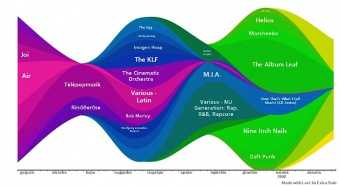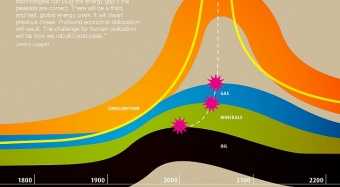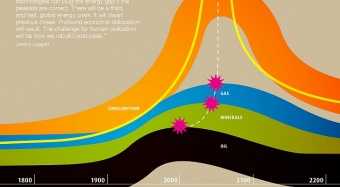A report published by the OECD (Organization for Economic Cooperation and Development) found that Israel’s economic growth is stable, the workforce is expanding, inflation is low and salary rates are approaching those of developed countries.
The OECD biannual report on Israel was presented on Sunday to Prime Minister Benjamin Netanyahu and Finance Minister Moshe Kachlon by OECD Secretary-General Ángel Gurría.
According to the OECD economic forecast, after a moderate pace in 2015, Israel’s economic growth is projected to pick up to around 3.25% in 2016 and 2017. This increase in activity should keep unemployment low.
Israel’s financial and banking system is remarkably stable. A rise in the minimum wage, falling oil prices and budgetary measures to stimulate the economy will support domestic demand, while exports are likely to recover with the improvement in the global economy.
Employment is high and the average income per capita is more than US$35,000 annually, which is close to the average in most industrial countries. The report says quality of life in Israel is among the highest compared with other OECD members, and its life expectancy is third among the industrial countries, behind Japan and Switzerland.
Israel is better prepared than the rest of the OECD countries for dealing with its aging population, while public expenditure on pensions is low. Nevertheless, not all population segments are included in the Israeli miracle, and in a few the level of participation in the job market is low.
Israel’s poverty rates are the highest in the OECD: 21% of Israelis are below the poverty line, worse than the situation in Mexico, Turkey and South American countries. Gaps between rich and poor in Israel have grown wider — back in the mid-1990s, only 14% of Israelis were below the poverty line.
The Economic Survey urges Israel to maintain its current expansionary monetary policy stance and implement further protective measures if risks to the financial system rise, especially from the dynamic housing sector. Israel should also reduce its structural budget deficit, remove inefficient tax expenditures and raise environmental taxes – including by establishing a carbon tax.
In terms of product market reform, Israel should ensure that the planned reduction of the regulatory burden relies on high-quality regulatory impact assessments and should cut tariffs and non-tariff barriers further, in particular by adopting internationally standardised procedures related to phyto-sanitary regulations on food and agricultural goods.
Relatively high price levels due to weak competition, in particular in the food sector, impose an especially heavy cost, in terms of living standards, on socioeconomically disadvantaged groups. Poverty is especially high among the elderly in Israel, in part because of low basic pensions. Employment rates for Haredi men and Arab-Israeli women, while improving, remain low.
Rising house prices impose an additional affordability burden, increasingly even on the middle class. The OECD recommends streamlining the administrative requirements for planning and building a home, further developing public transport infrastructure to make it easier to live in lower-priced housing areas and promoting labour market participation for those living in remote areas.
To reduce elderly poverty, Israel should increase the generosity of basic pensions without creating work disincentives. Additional steps could include increasing education funding for disadvantaged groups, ensuring Haredi schools teach mathematics, science and foreign languages and expanding the earned income tax credit and active labour market policies.






